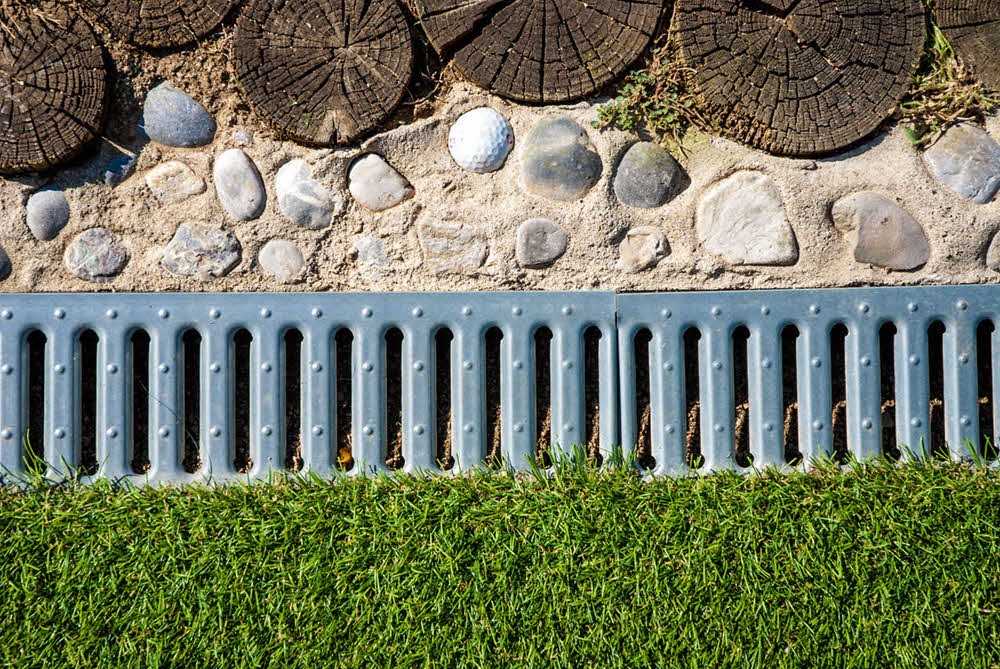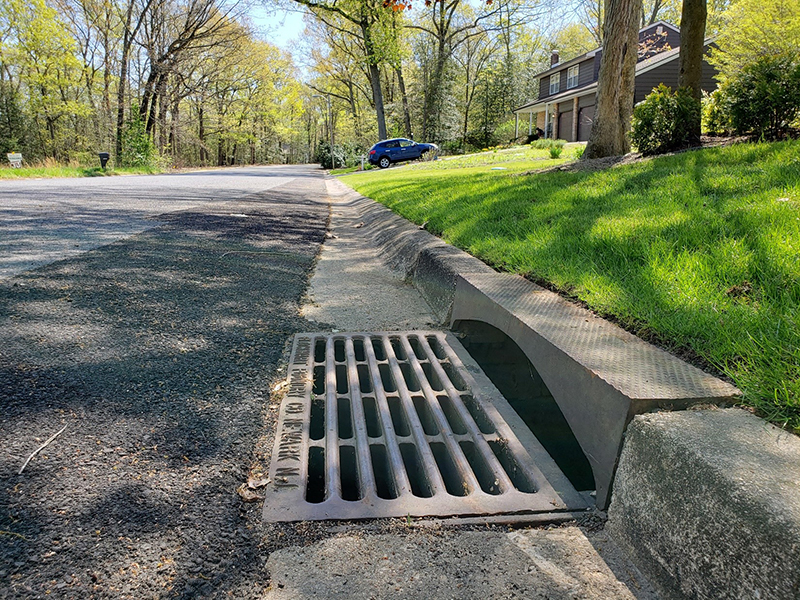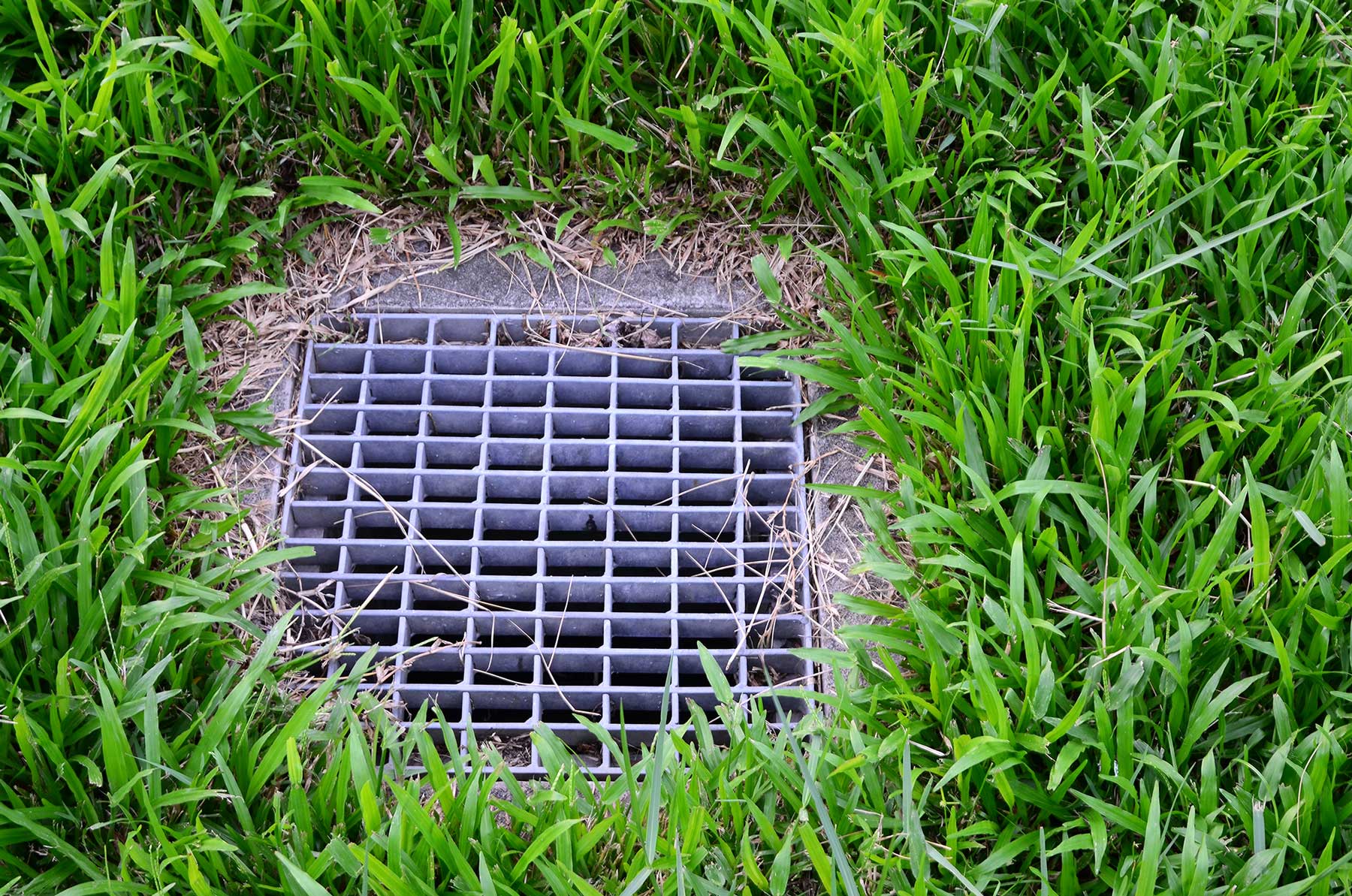Residential Storm Drain Servicesin Dryden MI
Residential Storm Drain Solutions to Protect Your Home from Water Damage
We Are Locally Owned & Operated For Over 37 Years
Contact Us Today!
We Serve Businesses In And Around The Following Cities:
About Residential Storm Drain Services
Residential Storm Drain: A Comprehensive Guide for Commercial Properties in Dryden
Introduction
In the picturesque city of Dryden, commercial property owners recognize the significant value of investing in an efficient storm drain system. A sound residential storm drain system is not merely a value-addition. Instead, it’s an essential measure to protect properties from potential hazards related to water damage and flooding, crucial for a city like Dryden with its unique climate. This article delves into the process, benefits, and real-world applications of residential storm drains focusing primarily on commercial applications.
Understanding the Basics: House Storm Drain
At its core, a house storm drain system is designed to manage and direct rainwater away from commercial properties, mitigating flooding risks. Whether it’s a storm drain for driveway or a storm drain for house, each component collectively works to ensure efficient water drainage. In urban locations such as Dryden, storm drain systems have immense practical value in preserving the structure and longevity of residential-style commercial properties.
Toggle the Terrain: Storm Drain for the Yard and Basement
The terrain of a property plays a significant role in setting up an effective storm drain system. A storm drain in yard ensures that water does not pool in the open spaces, protecting structures and landscapes. Alternatively, a storm drain for basement focuses on preventing water from seeping into lower levels of the property. Companies like D&J Contracting specialize in customizing storm drain systems based on unique terrain and architectural factors, completing such challenging tasks with expertise.
Benefits of Investing in a Residential Storm Drain System
The installation of a residential storm drain system goes beyond just preserving the property. It also adds value to the property by preventing potential damage. It can keep areas such as basements and yards dry, reducing the potential for mold growth. Moreover, appropriate systems like a backyard storm drain can ensure water does not pond and cause damage to landscaped areas. Essentially, a balanced approach to installing a home storm drain can significantly save on long-term repair and maintenance costs.
The Process: Implementing a Residential Storm Drain System
Implementing a storm drain system requires meticulous planning and execution. Experienced contractors, such as D&J Contracting, start by inspecting the property to identify potential water collection sites. Following this, they strategically layout the storm drain system, ensuring to link high risk areas like the storm drain in basement or backyards.
The next step involves the skilled installation of components such as pipes, catch basins, and drain grates, ensuring each element works synergistically to drive water away from the property. D&J Contracting excels in this phase, assuring minimal disruption to property aesthetics or functionality during the installation. They further provide ongoing maintenance support, reinforcing the effectiveness of your storm drain system over time.
Real-World Applications of Residential Storm Drain Systems
Commercial properties, especially ones with residential designs, are increasingly seeing the benefits and practical applications of efficient storm drain systems. For instance, a property with ample outdoor space benefits immensely from a storm drain for yard, protecting landscaping and outdoor installations from water damage. Simultaneously, properties with basement-level spaces stay dry and usable with well-planned installation of a storm drain in basement plans.
A company like D&J Contracting offers versatile storm drain solutions fitting the unique needs of different commercial properties. Their clientele includes a range of commercial property styles, all of which now enjoy the added security and value of a well-installed residential storm drain system.
Guard Your Property with The Finest
Prevention is always better than cure, and this is particularly true for property investment. A smartly planned and implemented residential storm drain system is essential insurance against potential water damage. Not only does it protect and add value to your property, but it also ensures peace of mind during the rain-heavy seasons in Dryden.
Fortunately, expert assistance is just a call away. D&J Contracting has the experience, knowledge and reputation that you can trust. Reach out to them today and take the first step towards securing your property against unnecessary water damage with a tried-and-tested solution – the residential storm drain system.
Residential Storm Drain Services Gallery


Call Us Today to receive your Free Quote for
Residential Storm Drain in Dryden
Serving: Dryden, Michigan

About Dryden, Michigan
The Village of Dryden was settled in 1836 and was called Amboy. It was located 1 mile North of its present-day located at Dryden and Mill Roads. In 1837, then known as Lomond, held its first town meeting since settling the previous year. A store was built here as early as 1840 by Mr. Johnathan Sweet who owned most of the land. It was known as Lamb’s Corners in homage to the man who bought the land from Mr. Sweet, John M. Lamb, starting in 1846 and the named stayed for several years. The name Dryden for its village was eventually picked and it was to pay honor to the poet, John Dryden. The 1840s was the decade in which many businesses were first established in the village. It was incorporated as a village in 1887.
According to the United States Census Bureau, the village has a total area of 1.10 square miles (2.85 km), all land.
| Census | Pop. | Note | %± |
|---|---|---|---|
| 1880 | 200 | — | |
| 1890 | 322 | 61.0% | |
| 1900 | 328 | 1.9% | |
| 1910 | 371 | 13.1% | |
| 1920 | 359 | −3.2% | |
| 1930 | 383 | 6.7% | |
| 1940 | 411 | 7.3% | |
| 1950 | 476 | 15.8% | |
| 1960 | 531 | 11.6% | |
| 1970 | 654 | 23.2% | |
| 1980 | 650 | −0.6% | |
| 1990 | 628 | −3.4% | |
| 2000 | 815 | 29.8% | |
| 2010 | 951 | 16.7% | |
| 2020 | 1,023 | 7.6% | |
| U.S. Decennial Census | |||
As of the census of 2010, there were 951 people, 368 households, and 260 families living in the village. The population density was 864.5 inhabitants per square mile (333.8/km). There were 387 housing units at an average density of 351.8 per square mile (135.8/km). The racial makeup of the village was 98.0% White, 0.4% Native American, 0.2% Asian, 0.3% from other races, and 1.1% from two or more races. Hispanic or Latino of any race were 1.1% of the population.
There were 368 households, of which 35.1% had children under the age of 18 living with them, 54.3% were married couples living together, 10.9% had a female householder with no husband present, 5.4% had a male householder with no wife present, and 29.3% were non-families. 23.9% of all households were made up of individuals, and 5.5% had someone living alone who was 65 years of age or older. The average household size was 2.57 and the average family size was 3.06.
The median age in the village was 38.6 years. 27.1% of residents were under the age of 18; 7.2% were between the ages of 18 and 24; 26.1% were from 25 to 44; 27.2% were from 45 to 64; and 12.2% were 65 years of age or older. The gender makeup of the village was 49.8% male and 50.2% female.
As of the census of 2000, there were 815 people, 285 households, and 224 families living in the village. The population density was 727.8 inhabitants per square mile (281.0/km). There were 312 housing units at an average density of 278.6 per square mile (107.6/km). The racial makeup of the village was 97.42% White, 0.74% Native American, 0.25% Asian, 0.49% from other races, and 1.10% from two or more races. Hispanic or Latino of any race were 1.23% of the population.
There were 285 households, out of which 42.8% had children under the age of 18 living with them, 64.2% were married couples living together, 8.8% had a female householder with no husband present, and 21.1% were non-families. 16.1% of all households were made up of individuals, and 4.2% had someone living alone who was 65 years of age or older. The average household size was 2.80 and the average family size was 3.10.
In the village, the population was spread out, with 29.1% under the age of 18, 6.7% from 18 to 24, 33.4% from 25 to 44, 21.5% from 45 to 64, and 9.3% who were 65 years of age or older. The median age was 33 years. For every 100 females, there were 105.3 males. For every 100 females age 18 and over, there were 105.0 males.
The median income for a household in the village was $54,375, and the median income for a family was $57,639. Males had a median income of $39,226 versus $22,115 for females. The per capita income for the village was $21,180. About 2.3% of families and 5.7% of the population were below the poverty line, including 5.5% of those under age 18 and 7.1% of those age 65 or over.
Dryden has two schools. Dryden Elementary for Preschool through 6th grade and Dryden Jr./Sr. High School for 7th through 12th grade. Additionally there is the Dryden Township Library.
Call Us Today to receive your Free Quote for
Residential Storm Drain in Dryden
Related Services in Dryden, Michigan
We Serve Businesses In The Following Zip Codes:
48007, 48015, 48021, 48026, 48035, 48036, 48038, 48042, 48043, 48044, 48045, 48046, 48047, 48048, 48050, 48051, 48066, 48071, 48080, 48081, 48082, 48083, 48084, 48085, 48088, 48089, 48090, 48091, 48092, 48093, 48098, 48099, 48225, 48230, 48236, 48310, 48311, 48312, 48313, 48314, 48315, 48316, 48317, 48318, 48397